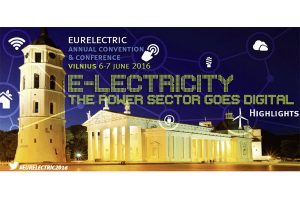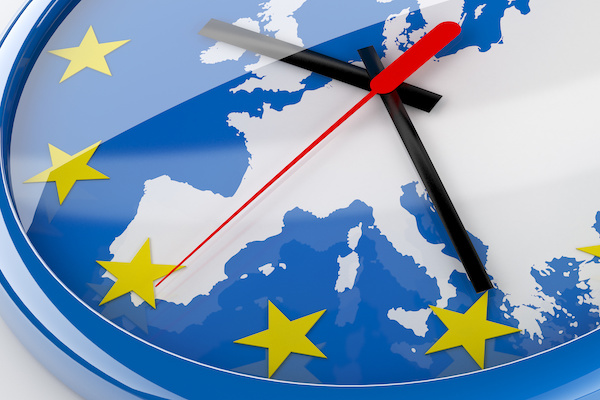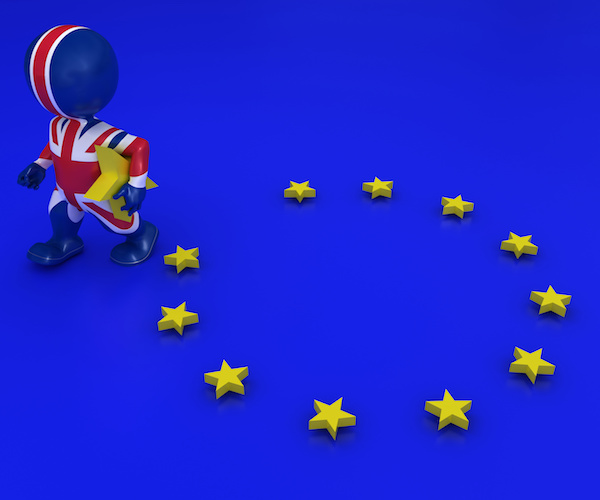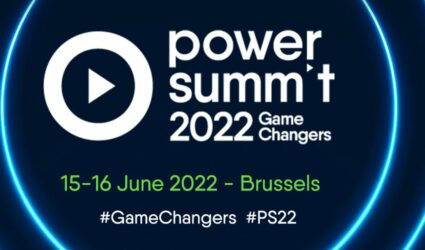22 June 2016
When the european power sector goes digital


8 years after the adoption of the « 3×20 » package, the cost of low-carbon technologies has shrunk with unprecedented investment rates. But the investment spent and the shift from a variable-cost to a fixed-cost system have increased the final consumer’s bill, with consumers not having benefited from this transition yet. Building upon this paradoxical situation, the digital seems to be an unexpected ally. But in what terms? The European association of electricity actors, Eurelectric, addressed this now-unavoidable question for the evolution of the sector during its Annual Convention held on June 6th and 7th in Vilnius, Lithuania…
It makes no doubt for the sector’s actors that digitization will be a key ally for the transition towards the « electricity system of the future ». The current system is indeed paved by an increasing share of clean and intermittent energy and a subsequent rise in fixed costs, which will inevitably impact the consumer’s bill. The development of demand side management will be a key asset in matching the growing flexibility needs of the electricity system, whilst giving consumers the possibility to better control their energy spending. The future is just around the corner, and automation is gaining momentum: smart home, energy consumption management apps, tailor-made service – long is the list, and it keeps growing.
Digital and innovation at the service of decarbonization and prosumers
Indeed, behind the digital revolution that everyone talks about – and not only in the energy sector – is the capacity to innovate, which remains at the core of the industrials’ evolution. Invited to speak at one of the roundtables, EDF CEO Jean-Bernard Levy underlined at several occasions that innovation should pave the whole value chain and not only upstream in the generation means. Thus, the massive implementation of smart grids will contribute to better integrate intermittent energies. Downstream, the same smart grids and smart meters will bring electricity suppliers closer to consumers, offering them new services squaring consumers’ evolving needs. This small digital, technological and commercial revolution will notably work both ways: prosumers will help supporting the development of innovative offers and competition given that, as owners of their consumption data, they can freely give access to the service supplier considered the most performant… in a “win/win” way! In sum, utilities will move in the upcoming years from asset managers to customer managers.
When energy is at stake, « policy is destiny »
These changes will however not simply depend on companies and consumers’ will. Politics will have a key role to play, insomuch as these efforts will be vain without an appropriate regulatory framework. Such framework is needed both for protecting consumers and their data, and for giving companies the necessary flexibility to innovate, interact with consumers and thus develop new services. Distribution system operators will be particularly concerned as they operate in a highly-regulated environment and will become the main actors of tomorrow’s smart grids.
Find out more
02 June 2020
“Long live Europe”: it’s time for Europe!
25 February 2020
Brexit: love last 47 years


About us
The Union of the French Electricity Industry is the trade association of the French electricity sector. We bring together companies from the whole value chain of the electricity industry.
Find out more









